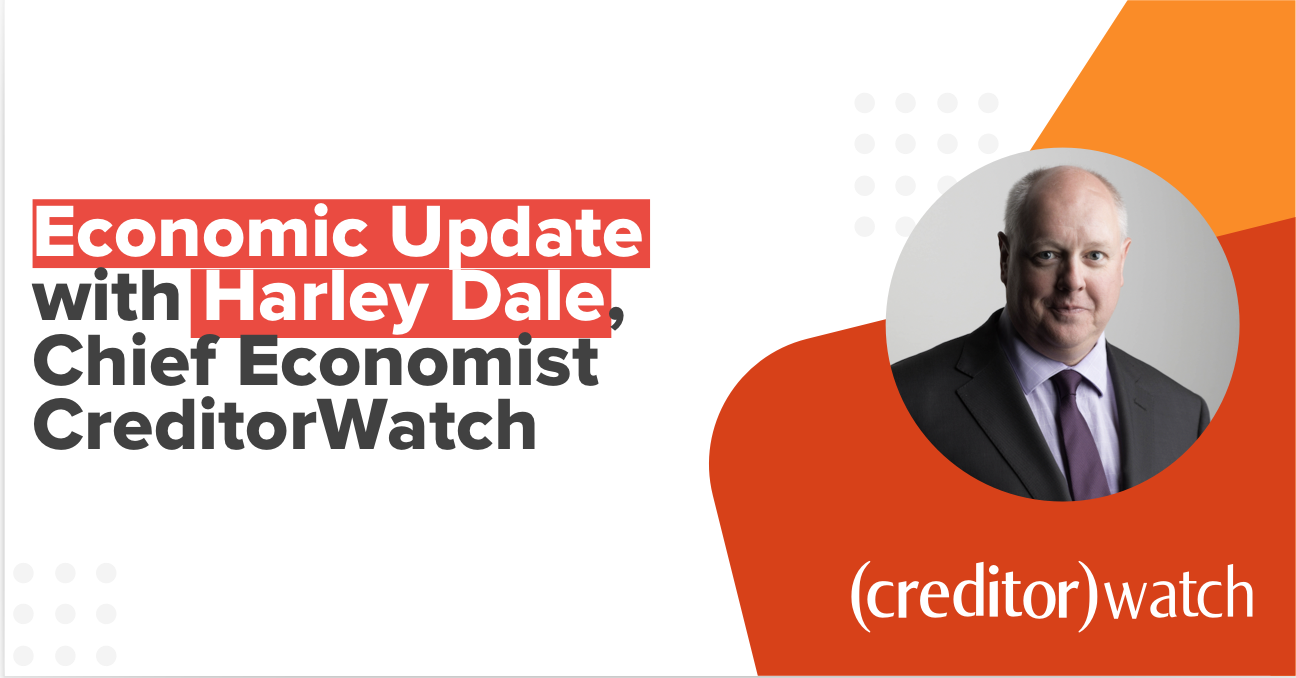Commenting on today’s Mid-Year Economic and Fiscal Outlook (MYEFO) 2021-22, CreditorWatch Chief Economist, Harley Dale, says:
The Mid-year Economic and Financial Outlook (MYEFO) presents a predictably optimistic update for the year ahead for Australia. This time last year bookings for cruise holidays in 2021 were soaring because of the belief that the worst of COVID-19 was behind us. Fast forward to the end of 2021 and the evidence is more compelling that Australia will achieve a sustainable, yet divergent economic recovery in 2022. Those cruises may well happen at some point.
I believe that we are in for a better year in 2022. However, what is not baked into the MYEFO outlook is the uncertainty created by the Omicron variant, plus the likelihood of other variants to follow. That will be life and the latest MYEFO is heavily based, rightly so, on Australia’s emergence from the Delta variant. You just always play what is in front of you. Right now, that doesn’t include any real knowledge of the impacts Omicron may have on Australia’s economic activity.
In other words, many of the MYEFO forecasts make sense, but if you don’t mind salt then take a couple of doses ahead of next year. The year of 2022 looks to be the post-lockdown recovery period, and this is reflected in the latest budget update.
As stated in today’s report, “the Australian economy is rebounding strongly from the impact of the Delta outbreaks, underpinned by Australia’s high vaccination rate and effective policy support”. This is a very accurate statement, although looking in the rear-view mirror.
Likewise, the MYEFO predicts real (i.e., inflation-adjusted) growth in Australia’s economic activity of 3.75 per cent in 2021/22 and 3.50 per cent in 2022/23. These would be awesome results, especially given that they’re partially based on an unemployment rate reaching 4.25 per cent by June 2023.
These are reasonably credible numbers in an Omicron environment, yet the debate around how Australia deals with the latest COVID variant will only intensify in early 2022. In isolation that’s not good for business or consumer confidence and activity.
CreditorWatch data, especially the monthly Business Risk Index, reveals the divergence in credit and consequently financial experiences being encountered by Small and Medium-sized Enterprises (SMEs) who have survived lockdowns and are now fighting back. What happens to SMEs over the next couple of years in terms of credit conditions and post-lockdown commercial viability will tell us more about Australia’s economic recovery than what happens to GDP or the aggregate unemployment rate.



